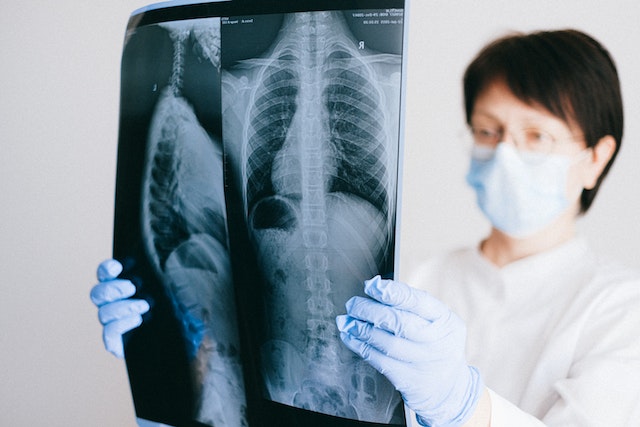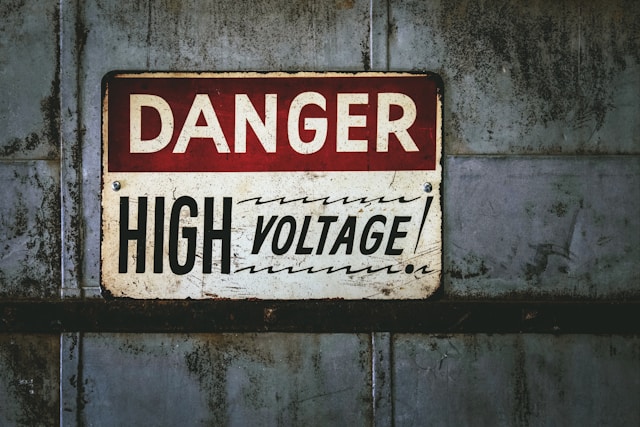
Working in the railroad industry carries significant risks, as employees are often exposed to hazardous unsafe conditions. These risks can lead to various injuries, some of which may be more significant than initially realized. While physical injuries are often visible, the long-term consequences can be more complex. One such consequence is Complex Regional Pain Syndrome (CRPS), a debilitating and often misunderstood condition that can develop after even seemingly minor railroad injuries. CRPS can have a profound effect on someone’s quality of life.
What is Complex Regional Pain Syndrome (CRPS)?
Complex Regional Pain Syndrome is a chronic pain condition that typically affects a limb following an injury. It is known for its severe pain, changes in skin color and temperature, swelling, and changes in the texture of the skin. The condition is most commonly seen in the arms, legs, hands, or feet, though it can affect other areas of the body.
CRPS is believed to be caused by dysfunction in the peripheral and central nervous systems, leading to a heightened response to pain signals. While the exact cause is still not fully understood, several theories suggest that it involves an abnormal inflammatory response or a malfunction in the brain’s processing of pain.
How CRPS Develops from Railroad Injuries
Railroad workers who experience physical trauma, such as fractures, crush injuries, or soft tissue damage, may be at risk of developing CRPS. The injury sets off a cascade of events that causes the body’s nervous system to become hypersensitive, leading to chronic pain and other symptoms characteristic of CRPS.
Some common factors that contribute to the development of CRPS following a railroad injury include:
- Severity of the Injury: CRPS is more likely to develop after severe injuries such as fractures or crush injuries, which are common in railroad work environments.
- Delayed Treatment: If the injury is not treated promptly or properly, the risk of developing CRPS can increase. For instance, if swelling is not managed appropriately or if the injury is left
- untreated, the body may begin to react abnormally, leading to CRPS.
- Nerve Trauma: Injuries that affect the nerves, particularly those that cause nerve damage or compression, are linked to the development of CRPS. This is especially relevant in railroad accidents involving machinery or heavy equipment.
Symptoms of Complex Regional Pain Syndrome
The symptoms of CRPS can vary in severity and can affect the quality of life of those suffering from it. Common symptoms include:
- Severe, Burning Pain: The hallmark of CRPS is intense, burning pain that is often out of proportion to the original injury.
- Swelling and Edema: Affected limbs often swell, which can lead to stiffness and limited movement.
- Changes in Skin Color and Temperature: The skin may appear red, purple, or blue and may feel warmer or cooler than the unaffected area.
- Muscle Atrophy and Stiffness: Over time, the affected limb may lose muscle tone and flexibility, leading to joint stiffness and immobility.
- Sensitivity to Touch: Even light touch or a slight breeze can cause extreme pain in areas affected by CRPS.
Treatment Options for CRPS
Unfortunately, there is no known cure for CRPS, but various treatments can help manage symptoms and improve the quality of life for affected individuals. Common treatments include:
- Physical Therapy: A crucial part of managing CRPS is movement and exercise. Gradual, controlled physical therapy helps improve mobility and reduce stiffness.
- Medications: Pain management is an essential component of CRPS treatment. Medications such as anti-inflammatory drugs, anticonvulsants, and antidepressants may be prescribed to reduce pain and manage symptoms.
- Sympathetic Nerve Blocks: These injections are designed to block the pain signals transmitted by the sympathetic nervous system, providing relief for some patients.
- Spinal Cord Stimulation: For severe cases, a spinal cord stimulator can be implanted to help manage pain by sending electrical pulses to the spinal cord.
- Psychological Support: The emotional and psychological toll of CRPS is significant. Support from mental health professionals can help patients cope with the chronic pain and associated stress.
Railroad workers are at risk of a variety of injuries due to the physical demands and hazards of their work environment. Some of these injuries can lead to the development of Complex Regional Pain Syndrome, a condition that can cause long-term, debilitating pain and other symptoms. Understanding the potential consequences of railroad injuries, including CRPS, is important for workers who experience unexplained long-term pain after an injury.
For railroad workers suffering from CRPS after a workplace injury, the Federal Employers’ Liability Act (FELA) provides an avenue to pursue compensation. Juries across the country have awarded substantial verdicts for railroad injuries that led to CRPS. If you or someone you know works in the railroad industry and has developed Complex Regional Pain Syndrome, call us today for a free consultation. You may be entitled to significant compensation.





